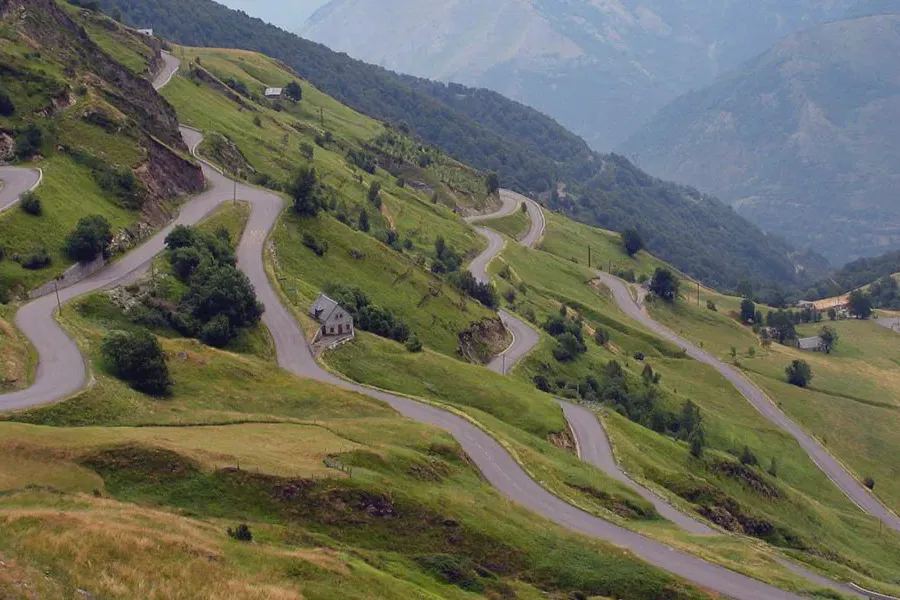The L’Angliru climb stands as a colossal titan in the world of professional cycling. Situated in Spain’s beautiful Asturias region, this climb has become a defining feature of the Vuelta a Espana. Steep, brutal, and unforgiving, it represents the essence of cycling’s enduring spirit. In this in-depth post, we will delve into the history, legends, and unforgettable moments that have shaped the L’Angliru’s reputation as one of the sport’s most feared and revered ascents.
Table of Contents
ToggleIntroduction to L’Angliru
With its stunning landscapes and ferocious gradients, L’Angliru has captivated the hearts and minds of cycling enthusiasts worldwide. Let us explore the ascent’s genesis and how it rose to prominence in professional cycling.
Geographical Overview
Nestled in the heart of Asturias, the L’Angliru climb spans 12.5 kilometres, with an average gradient of 9.9% and sections reaching over 23%. Its formidable profile has made it a symbol of triumph and torment in cycling.
Debut in Vuelta a Espana
First included in the Vuelta a Espana in 1999, the climb quickly became a sensation. Its challenging nature transformed race dynamics and added a new layer of excitement to the competition.
The L’Angliru’s Impact on Cycling
The Legendary Races
Throughout its history, the L’Angliru climb has been the stage for some of cycling’s most dramatic races. The following are key highlights:
- 1999: José María Jiménez’s unforgettable victory during L’Angliru’s debut.
- 2002: Roberto Heras’ ascent, cementing his status as a climbing specialist.
- 2008: Contador’s decisive win, highlighting his grand tour prowess.
- 2017: Chris Froome‘s strategic mastery, leading to overall victory in the Vuelta.
Challenges for the Cyclists
The L’Angliru climb is not for the faint of heart. The physical and mental toll it exacts on cyclists is profound. From the gruelling Cueña les Cabres section to the unpredictable weather, this climb demands everything from those who dare to conquer it.

The Spectator Experience
For fans, the L’Angliru offers an unparalleled spectacle. The struggle of the cyclists, combined with the scenic beauty of the region, creates a unique and thrilling experience, whether watching live or on television.
The L’Angliru in Popular Culture
Symbolism in Cycling
The climb has transcended sport and become a symbol of human perseverance. It has inspired artworks, documentaries, and countless tributes within and outside the cycling community.
Impact on Tourism
The fame of L’Angliru has drawn cycling enthusiasts and tourists to Asturias, contributing to the region’s economy and cultural exchange.
Conclusion
The history of the L’Angliru climb is a fascinating tapestry woven with courage, drama, and beauty. From its introduction in the Vuelta a Espana to the legendary races and cultural impact, the climb is much more than a physical challenge; it’s a symbol of what makes cycling a thrilling and enduring sport. The L’Angliru’s legacy continues to grow, promising more thrilling chapters in the annals of cycling history.






